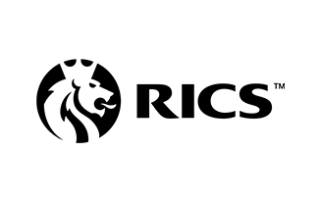CASE STUDY
UNDERFLOOR HEATING IN EDINBURGH
FEB 24
Locating underfloor heating in a commercial property in Edinburgh
Job name: UFH in Edinburgh
In Edinburgh, the owners of a commercial property wanted to undertake some renovations by recladding a wall near an underfloor heating system. The task, however, presented challenges in locating the underfloor heating pipes due to limited access. The clients had thought that the UFH was a safe distance away from the wall but were justified in their diligence to undertake a survey as the results proved this not to be the case…
Malcolm Hughes’ expert surveyors designed a solution for the survey, that would be successful in penetrating the shallow layers of concrete and would effectively locate and identify the difficult target just beneath the floor.
Compounding the difficulty of the task is the issue of this location being a live office building with a flow of people coming and going, lastly the final challenge is to do job without leaving a trace on the surfaces, normal practice when locating buried services.
Under normal circumstances Ground Penetrating Radar (GPR) provides a fast and accurate method of locating and mapping buried pipes. Radar allows for the mapping of both plastic and metal pipes, regardless of if there is water in them. The pipes can be mapped in real time, with their locations marked up on the floor, or plotted accurately onto CAD drawings.
These kinds of surveys can be quite visual, requiring markings on the ground. In this instance that couldn’t be the case as we needed to undertake it with as little disruption to the building and its occupants as possible.
To do this we used a combination of high frequency GPR and a thermal imaging camera. We were able to use GPR and thermal imaging for smart surveillance. The use of the high-frequency GPR and thermal imaging camera minimised the impact on the live office building during surveillance.
The client received the information in a clear format that they were able to understand as well as a post-fieldwork debrief meeting to make sure they were clear on the results of the information being presented to them, and that they couldn’t misinterpret it in any way.
The outcome for the client was that the pipes weren’t where they had assumed them to be, changing their course of action in terms of renovation work and potentially saving them from a bigger problem further down the line.
In conclusion, our meticulous survey, combining high-frequency GPR and thermal imaging, not only successfully navigated the challenges posed by limited access and the live office environment but also provided our clients in Edinburgh with crucial insights. The clear and comprehensible information, coupled with a thorough post-fieldwork debrief, enabled them to adjust their planned renovation works, averting potential complications and ensuring a more informed and efficient course of action for the future.









